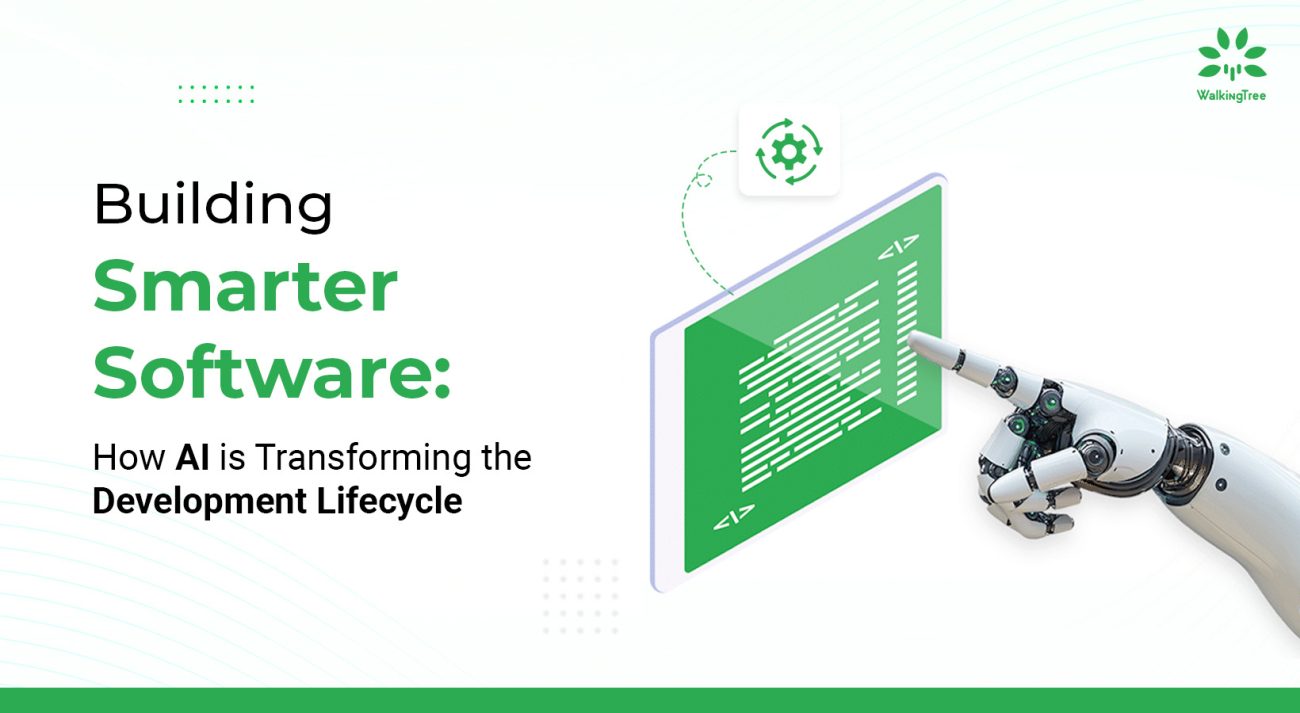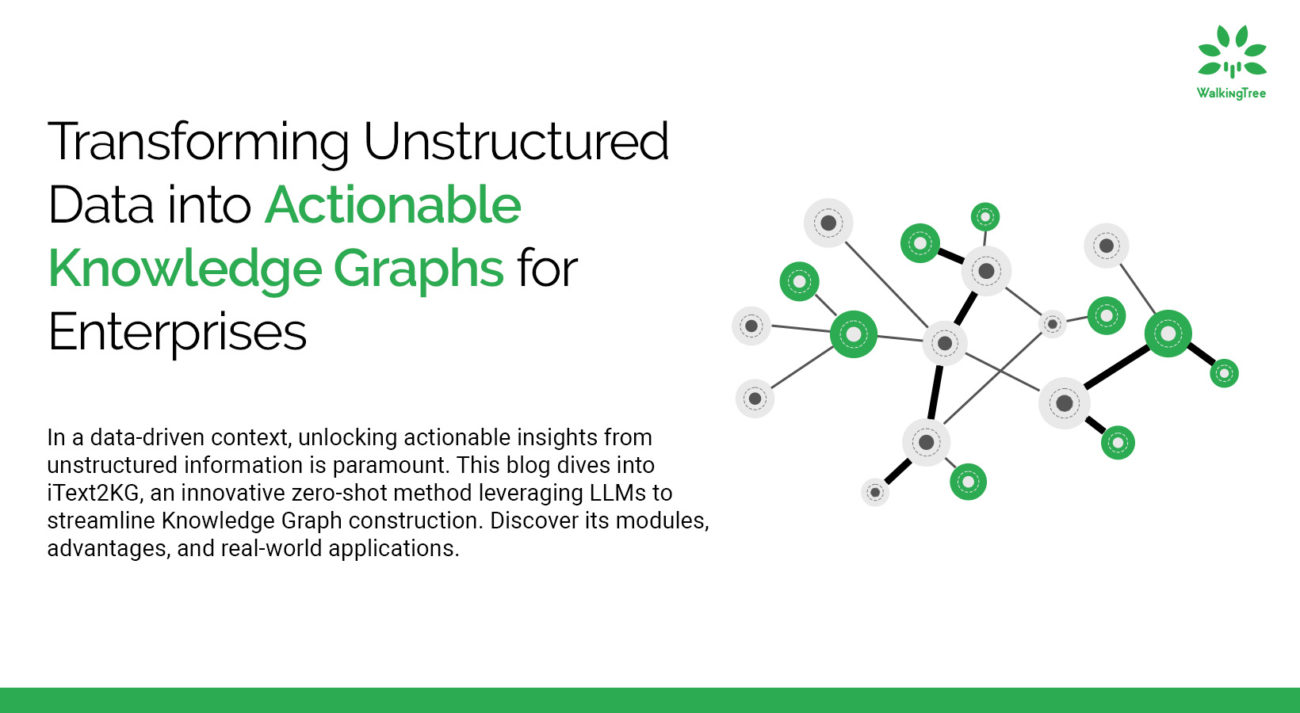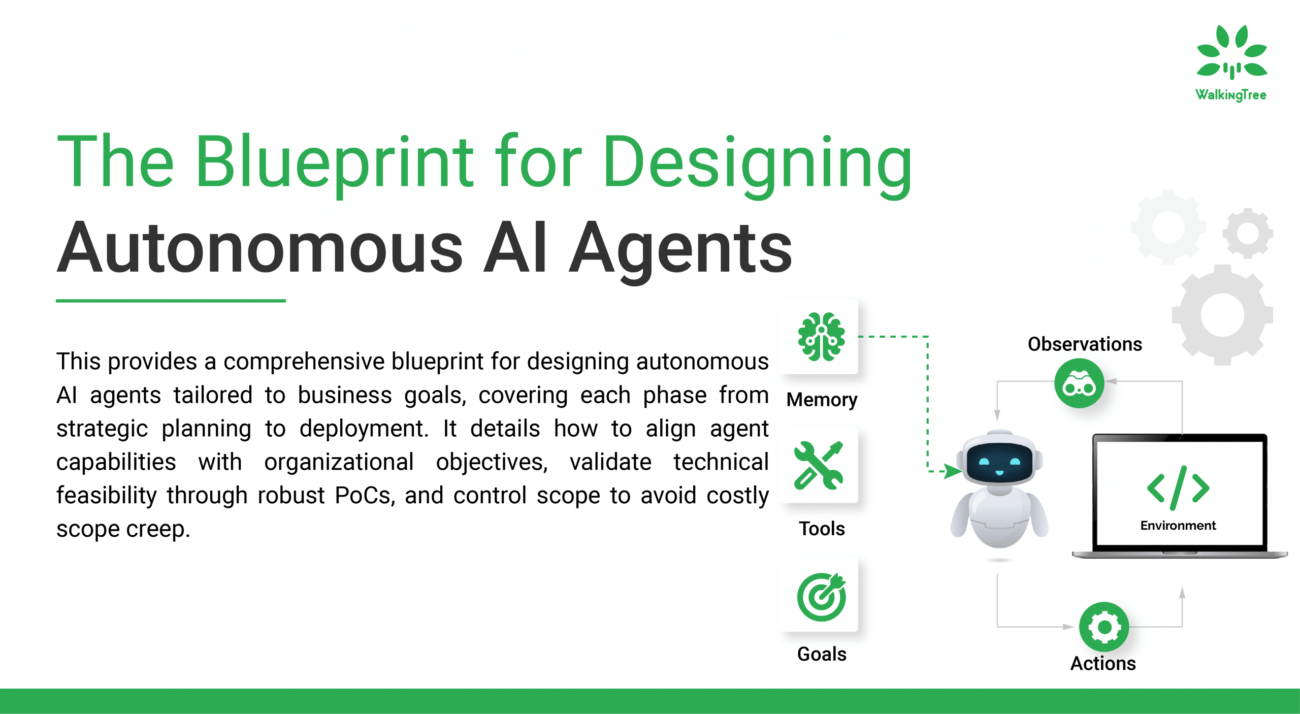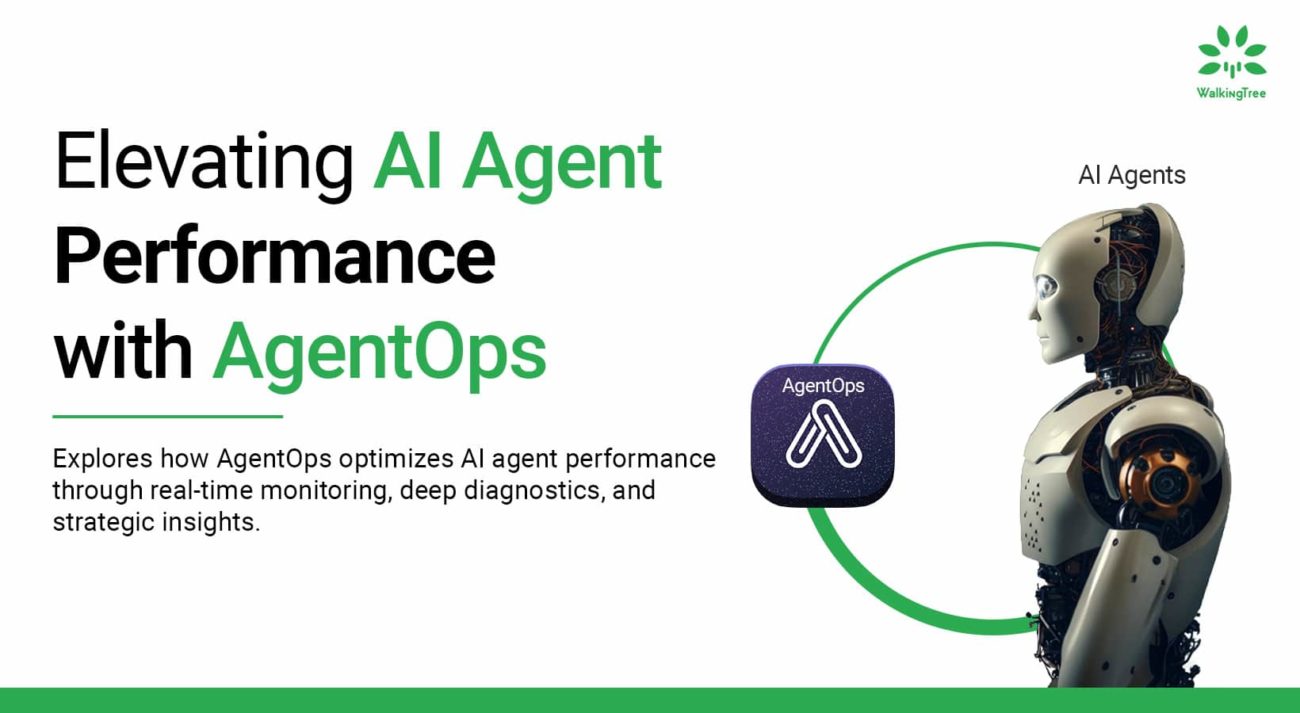
Blogs
Exploiting Synthetic Data from Unreal Engine to Catalyze Efficiencies and Productivity Enhancements in Industrial Automation Systems


With continuous advancements in industrial automation, integrating synthetic data through platforms like Unreal Engine is a significant step towards achieving operational excellence.” This blog focuses on the transformative impact of synthetic data in AI-driven industrial systems. By utilizing the simulation capabilities of Unreal Engine, these systems are realizing new levels of efficiency and productivity.
|The Essence of Synthetic Data in Industrial AI
The concept of synthetic data has the potential to fundamentally reshape the approach to AI training in industrial contexts over time. Synthetic data eliminates the limitations of traditional data capture methods, offering scalable, accurate, and safe solutions, like a beacon guiding toward infinite possibilities.
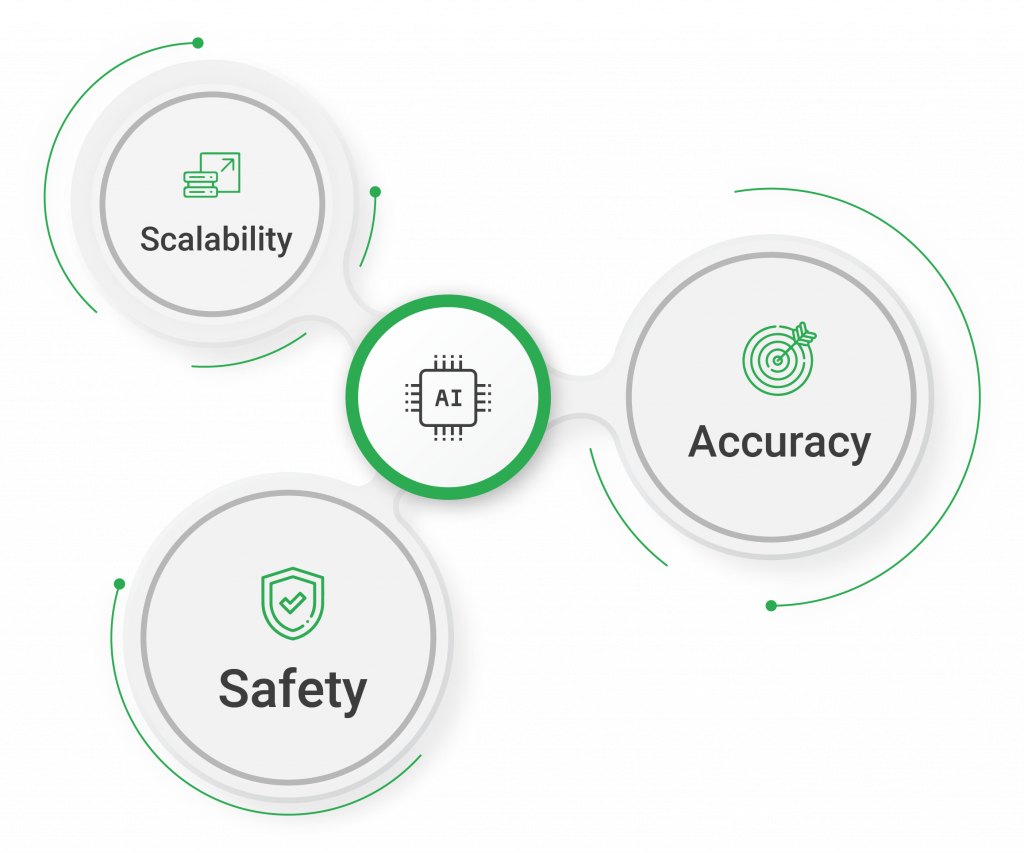
- Scalability: Synthetic data generation can overcome both logistical and ethical barriers currently in place in the real-world data acquisition process. Consequently, opening up an unlimited source of diversified and detailed datasets for AI training.
- Accuracy: Synthetic data allows AI systems to experience diverse and precise operational scenarios, significantly enhancing their adaptability and decision-making capabilities.
- Safety: Synthetic data enables the investigation of rare or hazardous cases in a safe environment without endangering equipment or human lives, hence strengthening the AI training regime.
|Unreal Engine: Architecting the Next Wave of Industrial Simulations
Unreal Engine is the leading software for rendering synthetic environments and simulating physics. Unreal enables the design of real texture, dynamic lighting, and physical-based interaction. As such, this tool will be necessary for conducting any activity in the field of data creation.
- Realism: It has unparalleled realism from the advanced rendering techniques of the engine. This includes training AI in environments that are critical in settings that relate to traveling through industrial setups.
- Physics Simulation: The built-in physics engine in Unreal Engine caters to all the rules that control the interactivity within a simulated environment. Thus giving the AI a realistic operational context.
|High-Fidelity Synthetic Datasets for Industrial Automation
The development of synthetic datasets in Unreal Engine is a walk of precision and realism. It involves several very careful steps, all designed to make sure that the synthetic data would look completely like the real thing in industrial environments.

- Construction of the Scene: Every part of the scene is constructed in a manner that looks like machinery or an ambient environment from a real industrial scene.
- Object Placement and Material Texture: Placing objects and applying material textures accurately and proportionally is crucial for realistically simulating the operational environment of various industrial settings.
- Lighting Setup: Proper lighting is required to replicate different conditions to which AI systems can be exposed to improve the fidelity of the data.
|Enhancing Industrial Operations through Unreal Engine-Powered AI
When the leading AI technologies are combined with synthetic data generated through Unreal Engine, it just may define the next wave of industrial automation. AI systems trained on these datasets could achieve:
- Operational Efficiency: AI systems work with increased precision and flexibility, hence can accomplish tasks fast and accurately.
- Productivity Boosts: AI can enhance overall productivity by automating several complicated processes that allow smooth operations with reduced downtimes.
- Error Reduction: AI usage in most critical decision-making processes avoids the possibility of human errors, so quality and reliability always remain constant. The integration of Unreal Engine synthetic data creation with AI will be a game changer toward efficiency and productivity for the industrial automation system.
This innovative approach to operational excellence not only sets new standards but also aligns with the vision of Industry 4.0. Consequently, propelling the industrial sector into a future dominated by smart factories and automated processes. When implemented strategically, this advanced technology will drive unprecedented levels of efficiency, innovation, and performance in the digital age.
|Deepening the Understanding of Synthetic Data’s Role in AI
Synthetic data represents a monumental shift in artificial intelligence (AI), particularly within the industrial automation sphere. This innovative data type, generated through computational methods rather than collected from real-world events, holds the key to unlocking new levels of AI sophistication and reliability. The creation of synthetic data involves complex algorithms and simulation technologies, often leveraging the advanced capabilities of platforms like Unreal Engine to produce highly realistic datasets.
|Advantages of Synthetic Data Over Traditional Data Collection
- Control and Diversity: Synthetic data generation allows for precise control over the data’s attributes and scenarios, ensuring a breadth of diversity that might be unattainable or extremely rare in the natural world.
- Cost-Effectiveness: Gathering extensive real-world data can be prohibitively expensive, especially when considering the costs associated with data cleansing and annotation. Synthetic data sidesteps these financial burdens, offering a more economical solution.
- Ethical and Safe: In scenarios where data collection could potentially infringe on privacy or pose safety risks, synthetic data provides an ethical and risk-free alternative.
|Impact on AI Efficiency and Accuracy
Training AI models on synthetic data can significantly enhance their performance, particularly in complex industrial environments where precision and reliability are paramount. The comprehensive nature of synthetic datasets, encompassing a wide range of operational conditions and anomalies, equips AI systems with the robustness needed to navigate the intricacies of industrial processes.
|Expanding on Unreal Engine’s Capabilities
Unreal Engine, renowned for its contributions to the gaming industry, has emerged as a powerhouse in the realm of synthetic data generation for industrial AI applications. Its cutting-edge features provide the perfect toolkit for creating highly detailed and realistic simulations of industrial environments.
Rendering Capabilities
- Photorealistic Visuals: Unreal Engine’s advanced rendering engine is capable of producing photorealistic visuals, essential for training AI to recognize and interpret complex visual data accurately.
- Dynamic Lighting: The engine’s dynamic lighting system can simulate a wide range of lighting conditions, from the stark fluorescents of a factory floor to the subtle shifts of natural light, adding layers of realism to the simulations.
Physics Engine
- Real-World Physics Simulation: Unreal Engine’s physics engine accurately models physical interactions within the simulation, ensuring that AI systems are trained on data that mirrors the real-world physics they will encounter.
- Interactivity and Complexity: The ability to simulate complex interactions between various elements within the industrial setting allows AI models to better understand and predict the outcomes of real-world processes.
By harnessing the power of Unreal Engine to generate synthetic data, industries can significantly accelerate the development and deployment of AI-driven automation systems. This not only enhances the efficiency and productivity of industrial operations but also reduces the likelihood of errors, leading to safer and more reliable processes.
Discover how to create synthetic data using the Unreal Engine’s benefits in modern software development. WalkingTree Technologies is an ideal partner to support businesses through this transformation because of our vast experience and unwavering commitment to innovation.
Contact us right now to see how our services can help your business offer exceptional quality and value to a variety of sectors.



